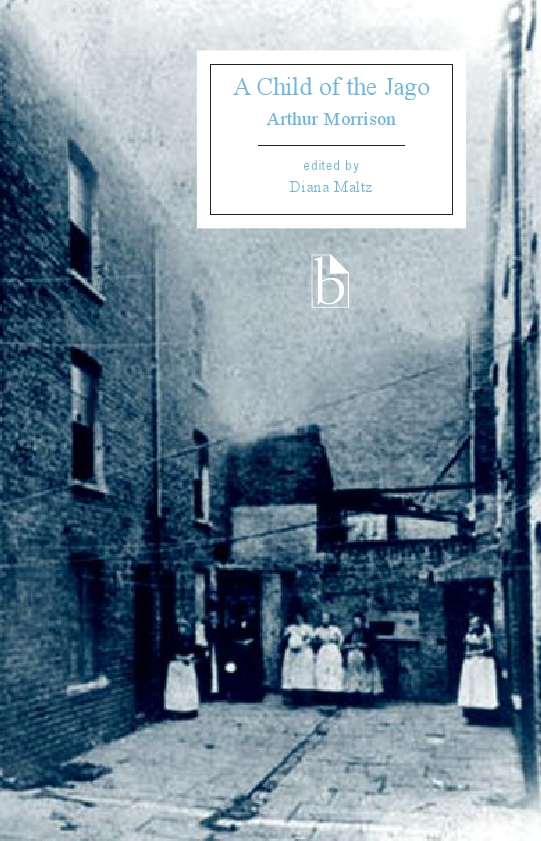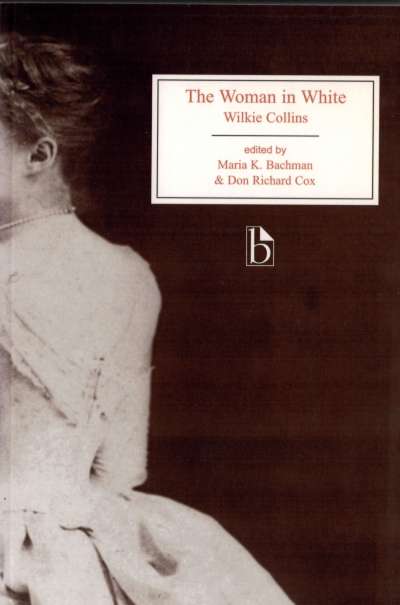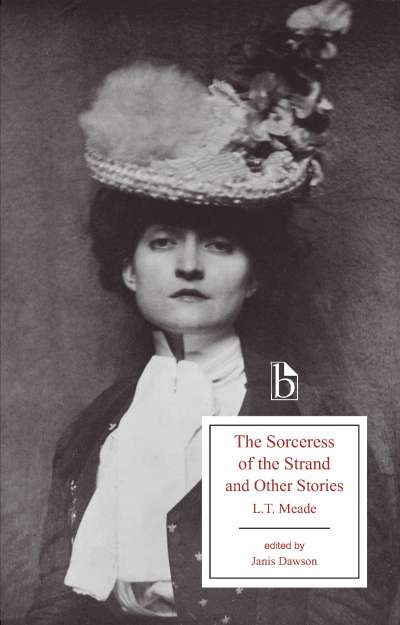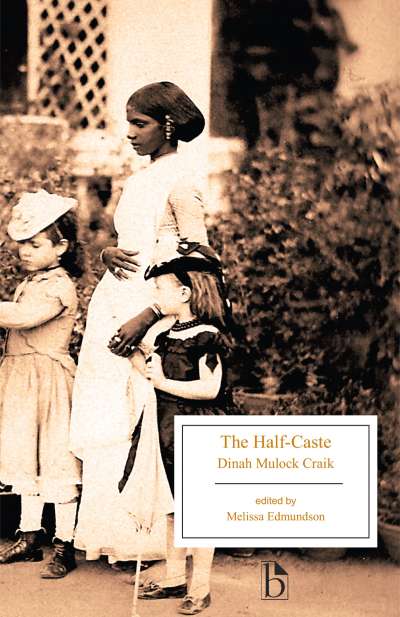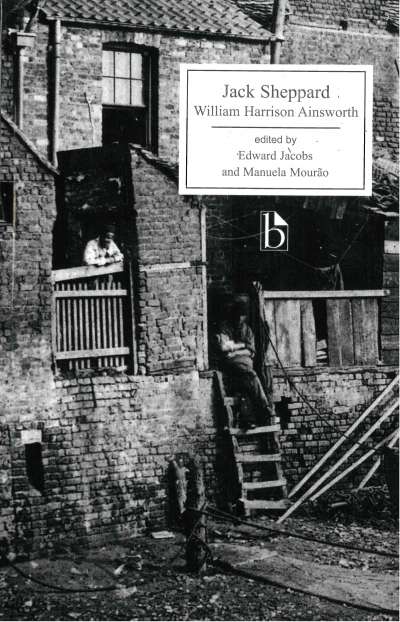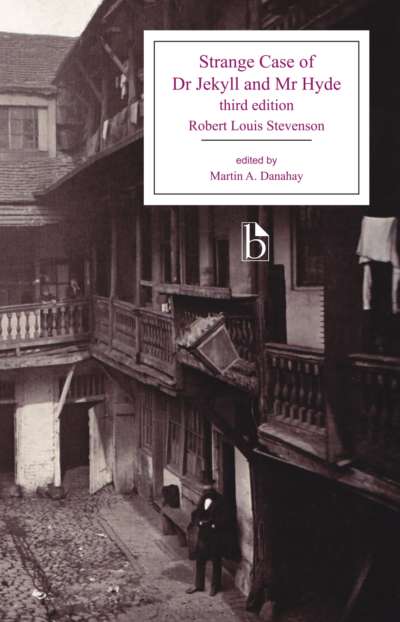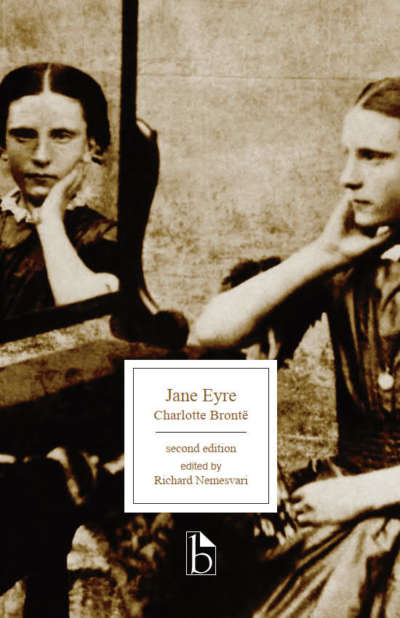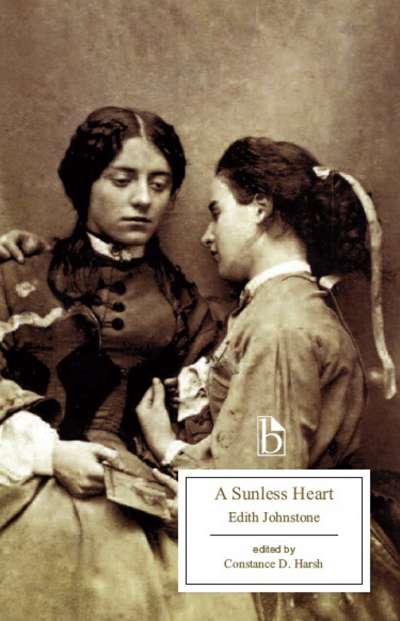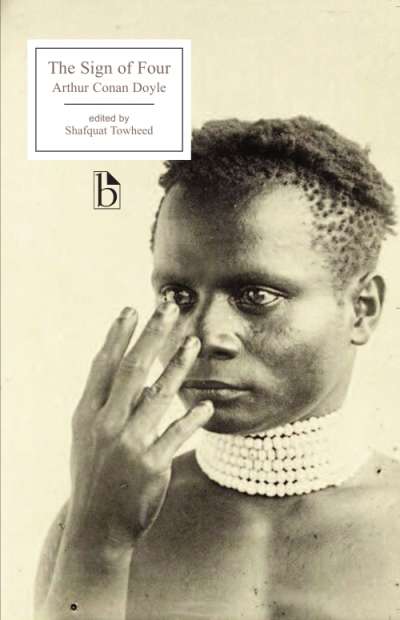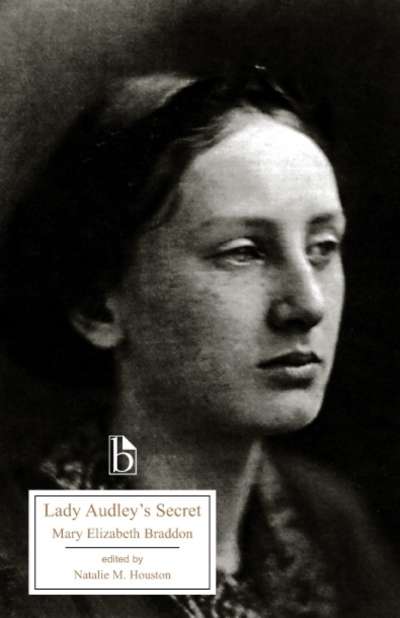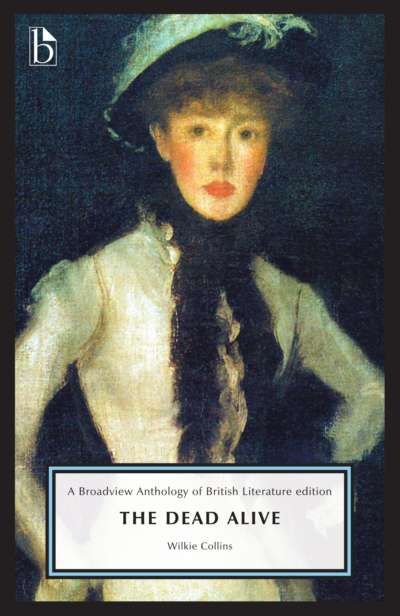“Learn to read and write, learn all you can, learn cunning, spare nobody and stop at nothing. … Do your devilmost … for the Jago’s got you!” Dicky Perrott, growing up in the notoriously criminal enclave of the Jago, listens and learns. Compelled by his family’s circumstances to provide for his mother and siblings, he sharpens his skills as a boy thief. Along the way, he navigates the Jago’s topsy-turvy ethics, vacillating between the rival messages of his mentors, a devious local fence and a righteous slum priest. Relentless in its bleakness and violence, A Child of the Jago captures the desperate struggle for survival in 1890s East London.
This Broadview Edition provides the literary, socio-historical, and philosophical contexts vital to readers’ understanding and appreciation of the novel. Historical appendices include materials on eugenics, hooliganism, women’s sweated labor, cultural philanthropy, and the debate over the novel’s accuracy.
Comments
“Diana Maltz’s new Broadview edition of Arthur Morrison’s classic
A Child of the Jago is superb in every respect. With a fine, wide-ranging introduction, helpful notes, and useful appendices identifying the many controversies in which Morrison’s work enveloped him, this Jago is destined to become the standard text for readers of this important novel. Broadview has done it again.” — Dan Bivona, Arizona State University
“Diana Maltz’s new edition from Broadview is itself a substantial intervention … [and] provides extensive scholarly scaffolding. The book opens with a thorough introduction covering biographical and contextual information … Appendices include the debates prompted by A Child of the Jago around the nature of realist fiction, writings on the world of the slum from contemporary researchers and reformers focusing especially on middle-class attitudes, childhood, women’s labor, and philanthropy, and a detailed glossary to assist with the slang that saturates Morrison’s writing. This material provides a veritable treasure trove for readers seeking avenues for further study.” — Janine Utell, English Literature in Transition
Acknowledgements
Introduction
Arthur Morrison: A Brief Chronology
A Note on the Text
A Child of the Jago
Glossary of Slang and Criminal Terms
Appendix A: The Debate over the Novel’s Veracity
- From H.D. Traill, “The New Fiction” (1897)
- From Arthur Osborne Jay, “The New Realism: To the Editor of The Fortnightly Review” (February 1897)
- From Arthur Morrison, “What Is a Realist?” (March 1897)
- From Harold Boulton, “A Novel of the Lowest Life” (9 January 1897)
- From Clementina Black, “A Septet of Stories” (February 1897)
Appendix B: Deciphering the Slum
- From Lady Jeune, “The Homes of the Poor” (1894)
- From Charles Booth, Labour and Life of the People (1889)
Appendix C: Class and Heredity: Slum Degeneration and Atavism
- From Helen Dendy, “The Children of Working London” (1895)
- From “To Check the Survival of the Unfit: A New Scheme by the Rev. Osborne Jay, a Militant Bethnal Green Parson, for Sending the Submerged to a Penal Settlement” (12 March 1896)
- From Mary Higgs, “Mankind in the Making” (June 1906)
Appendix D: On Eugenic Discourse in A Child of the Jago
- From H.G. Wells, “A Slum Novel” (28 November 1896)
- From “The Children of the Jago: Slum Life at Close Quarters: A Talk with Mr. Arthur Morrison” (12 December 1896)
Appendix E: Restless Energies
- From Reginald A. Bray, “The Children of the Town” (1901)
- From C.F.G. Masterman, “Of the Hooligan” (1902)
- From Arthur Osborne Jay, Life in Darkest London (1891)
Appendix F: Women and Match-Box Making at Home
- From Clementina Black, “Match-Box Making at Home” (May 1892)
- From Raphael Samuel, ed., East End Underworld: Chapters in the Life of Arthur Harding (1981)
- Match-Box Making at Home (c. 1900)
Appendix G: A Nichol Boyhood
- From Raphael Samuel, ed., East End Underworld: Chapters in the Life of Arthur Harding (1981)
Appendix H: Middle-Class Views on Working-Class Economic Practices
- From Octavia Hill, “A Few Words to Volunteer Visitors among the Poor” (1877)
- From Helen Dendy Bosanquet, “The Burden of Small Debts” (1896)
- From Maude Pember Reeves, Round about a Pound a Week (1913)
Appendix I: Cultural Philanthropy
- From Samuel A. Barnett, “The Universities and the Poor” (February 1884)
- From Walter Besant, All Sorts and Conditions of Men (1882)
- From Jack London, The People of the Abyss (1903)
Appendix J: Maps of the Area
- Boundary Street Scheme, Plan No. 26: Map of the Nichol
- Boundary Street Scheme, Plan No. 27: Plan for the Boundary Street Estate
Select Bibliography
Diana Maltz is Professor of English at Southern Oregon University.

